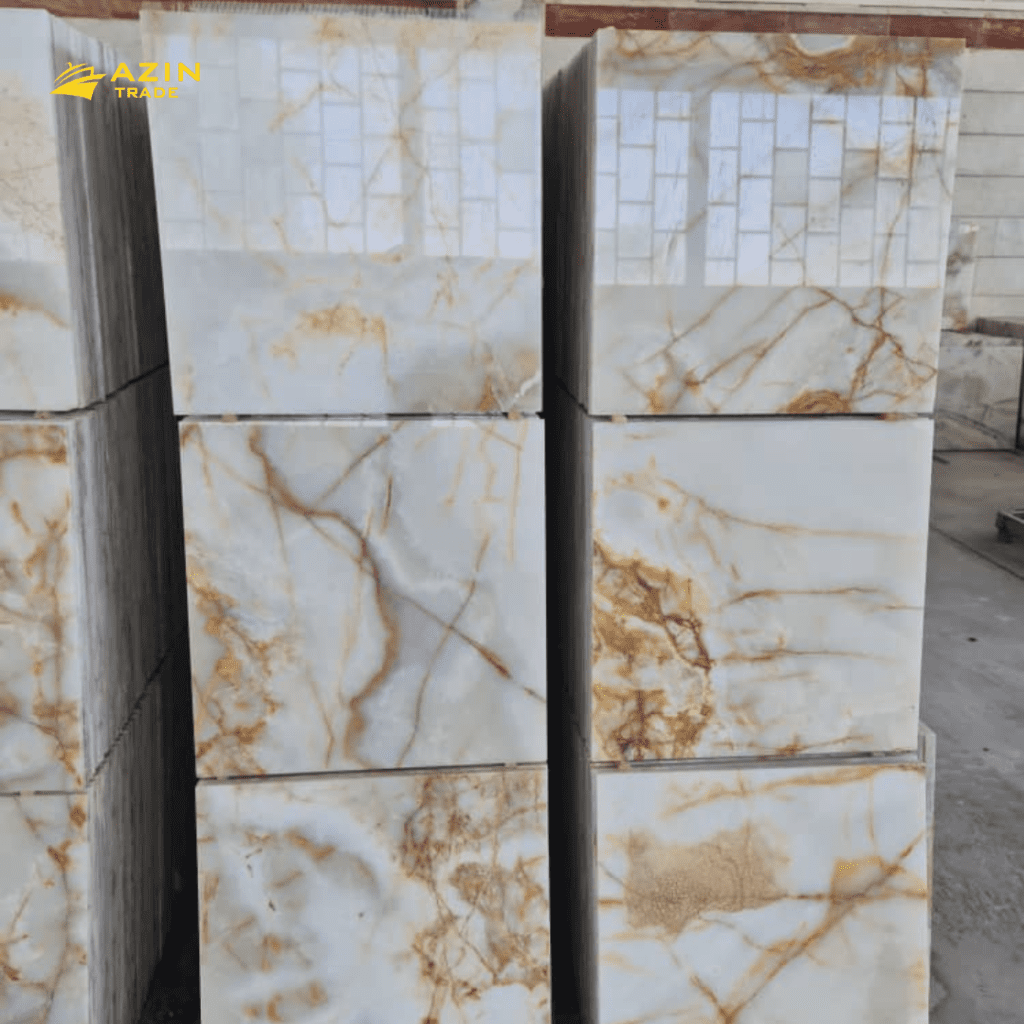
Selecting the Perfect Outdoor Tiles
Introduction:
When it comes to enhancing the beauty and functionality of outdoor spaces, selecting the right tiles is crucial. Outdoor tiles need to withstand a range of environmental challenges, from fluctuating temperatures to moisture exposure. In this guide, we’ll explore the essential specifications you should consider when choosing suitable outdoor tiles, ensuring your space remains stunning and durable for years to come.
Material Composition:
Outdoor tiles come in various materials, each offering distinct advantages. The most common materials include porcelain, ceramic, natural stone (like slate, granite, or limestone), and concrete. Porcelain tiles are often a popular choice due to their exceptional durability and resistance to frost, making them suitable for various climates. Consider the material that best complements your design preferences and can endure the local weather conditions.
Slip Resistance:
One of the critical factors for outdoor tiles is slip resistance, especially in areas prone to rain, pool splashes, or irrigation runoff. Look for tiles with a high slip resistance rating (expressed as the “Coefficient of Friction” or COF). A COF of 0.6 or higher is generally considered suitable for outdoor applications, ensuring a safe and secure surface under wet conditions.
Frost Resistance:
In regions with freezing temperatures, choosing frost-resistant tiles is essential. Porcelain and certain types of natural stone tiles usually have excellent frost resistance, preventing cracking and damage during freeze-thaw cycles.
Water Absorption:
Low water absorption is vital for outdoor tiles since excess moisture can lead to cracking and mold growth. Opt for tiles with low water absorption rates, typically labeled as “impervious” or “vitreous,” ensuring they can withstand the rigors of outdoor use.
Durability and Wear Rating:
Outdoor tiles need to withstand foot traffic, furniture movement, and exposure to the elements. Check the manufacturer’s wear rating or PEI (Porcelain Enamel Institute) rating to understand the tile’s durability. PEI 4 or 5 is generally recommended for outdoor installations, indicating resistance to abrasion and wear.
UV Resistance:
If your outdoor space receives direct sunlight, ensure the tiles have UV resistance to prevent fading or discoloration over time. UV-resistant tiles will maintain their color and appearance, even with prolonged exposure to sunlight.
Size and Pattern Options:
Consider the size and pattern options available for the outdoor tiles. Larger tiles may result in fewer grout lines, providing a cleaner and more expansive look. Additionally, explore various laying patterns, such as herringbone or basket weave, to add visual interest to your outdoor space.



